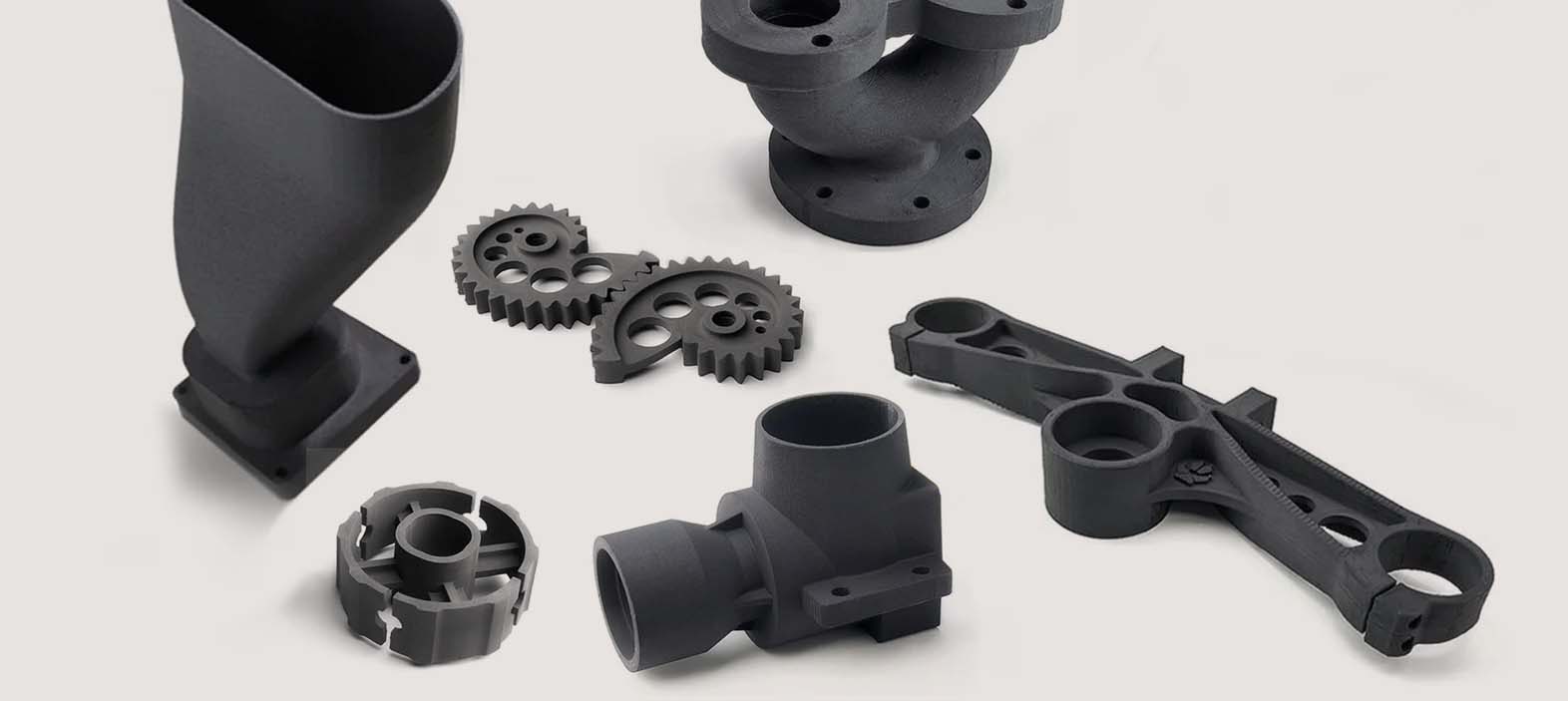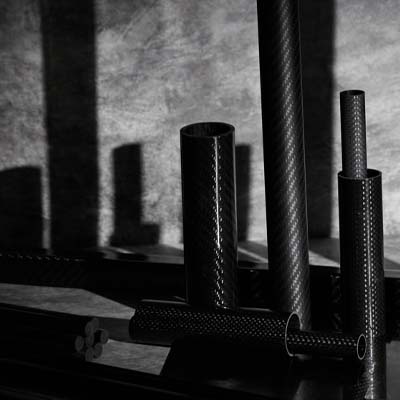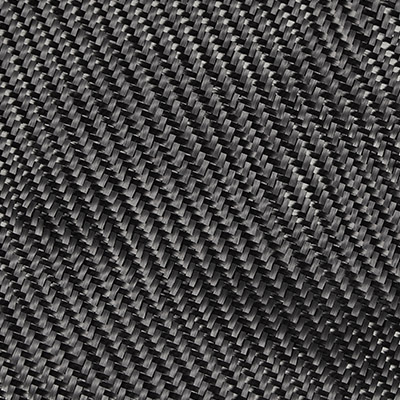
Emerging Techniques: 3d Printing For Carbon Fiber Fabrication
👁 Reads: 121
Mark Stevenson, the “reluctant” futurist has rightly said that innovation is the intersection of creativity and necessity. With the recent spurt in the applications of carbon fiber in possibly all fields ranging from aerospace to sports- unprecedented growth in the process of additive manufacturing was only a matter of time. 3D Printing technology for Carbon Fiber components in view of that, has combined the strength and lightweight properties of carbon fiber with its own design flexibility and efficiency. This article aims to throw light upon the brief process of 3D printing for carbon fiber, advantages of using 3D printing for carbon fiber along with the challenges that this innovation has yet to tackle.
Carbon Fiber & 3d Printing: How And Why?
Unlike conventional manufacturing, which may require intricate tooling and manual labor for various processes such as molding or layup, 3D printing offers a more streamlined approach.
How Does 3d Printing Work in the Case of Carbon Fiber?
- The process largely ensues by combining the additive manufacturing process with the integration of carbon fiber reinforcement. The very first step is similar to that of printing any other object on a 3D printer- designing the part using CAD (Computer-aided software). This is the most crucial step as it determines the performance as well as the final properties of the part. It also provides the engineer with the liberty to create intricate geometries to optimize the design for weight, strength, or functionality depending on the final application of the part.
- The second step is to choose the appropriate material to achieve the desired property. Generally, materials like thermoplastic polymer matrix (nylon or ABS) are often picked to be used as a base material. Subsequently, chopped carbon fiber strands or filaments are added to this material to reinforce the composite.
- The final step before printing is to pre-process the CAD model. This involves slicing the digital model into thin layers using slicing software. It is at this step that parameters such as layer height, infill density, etc. are finalized.
- The abovementioned prepared file is sent for 3D printing wherein the additive manufacturing takes place. This involves the deposition of composite material over the sliced model layer by layer to reinforce the carbon. The printing process subsequently involves the continuous addition of chopped carbon fiber or its filaments to the polymer matrix. However, certain minor steps, such as pre-impregnation of resin, arrangement or orientation of the carbon fiber strands are subject to application.
- Once the printing process is completed, the matrix undergoes post-processing to improve the surface finish, accuracy, and mechanical properties such as sanding of rough surfaces, enhancing material properties, etc.
- Just like the process of making a carbon fiber product or 3-D printed product conventionally, the next step involves quality testing and additional finishing.
Why Should 3-D Printing Be Considered?
- Exceptional design flexibility is one of the biggest advantages of using 3D printing as the most complex geometries and shapes can be made with ease to allow optimization for performance and functionality.
- The economics of it also certainly are a major reason for resorting to 3D Printing. Traditional manufacturing setup requires expensive parts which is not the case with a 3D printer which can be used for multiple purposes. 3D Printing also further reduces material wastage, faster production cycles, and lower tooling costs.
- 3D printing for carbon fiber is also considered a sustainable manufacturing practice, aligning with environmental conservation efforts.
- 3D printed parts also prove to be more lightweight leading to increased weight savings and higher fuel efficiency.
- This has led to a massive overhaul in the process of manufacturing carbon fiber which is now being increasingly used in major industries such as medical devices, automotive and sports industry.
Summarising Thoughts
3D printing for carbon fiber parts has brought in tremendous promise to various industries from medical to aerospace. With extreme design flexibility at optimum pricing, 3D printing offers versatility leading to its adoption across a spectrum of applications. While 3D printing carbon fiber parts holds tremendous promise, there are still challenges to overcome, such as optimizing print parameters, ensuring material consistency, and scaling production. However, ongoing advancements in materials science, printing technology, and process optimization are steadily addressing these challenges. With its ability to unlock new design possibilities, improve performance, and drive efficiencies, 3D printing is poised to reshape the way we think about manufacturing carbon fiber parts.





